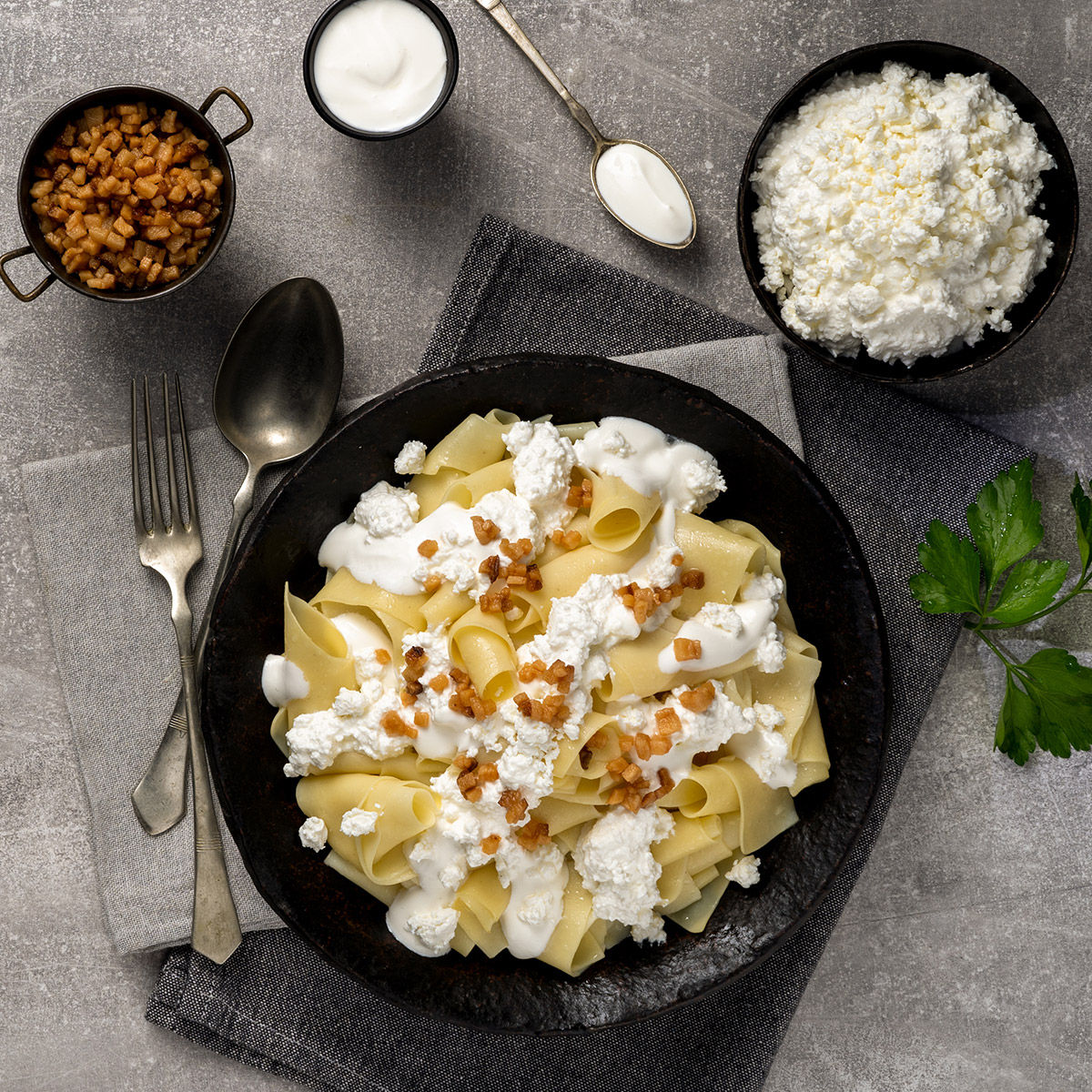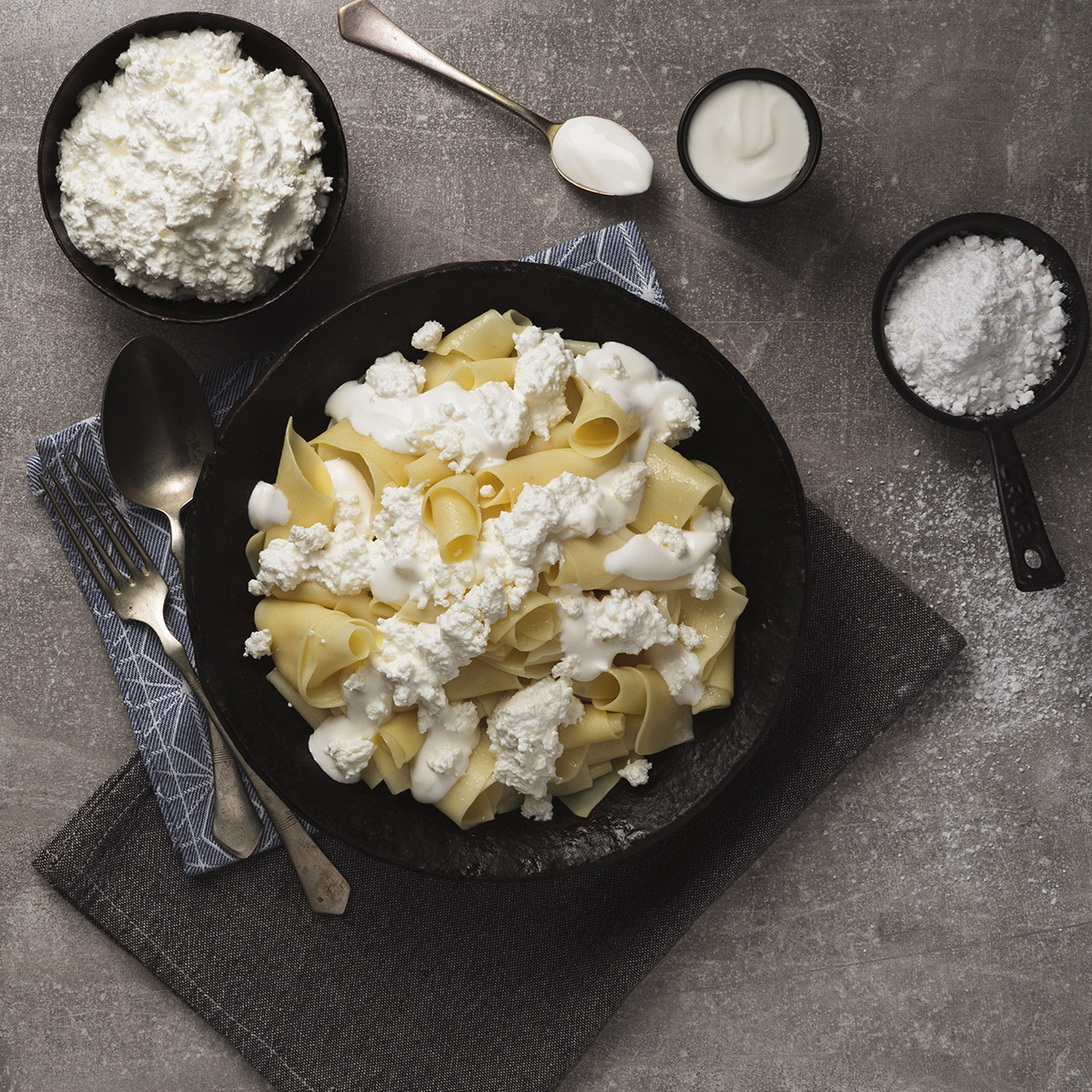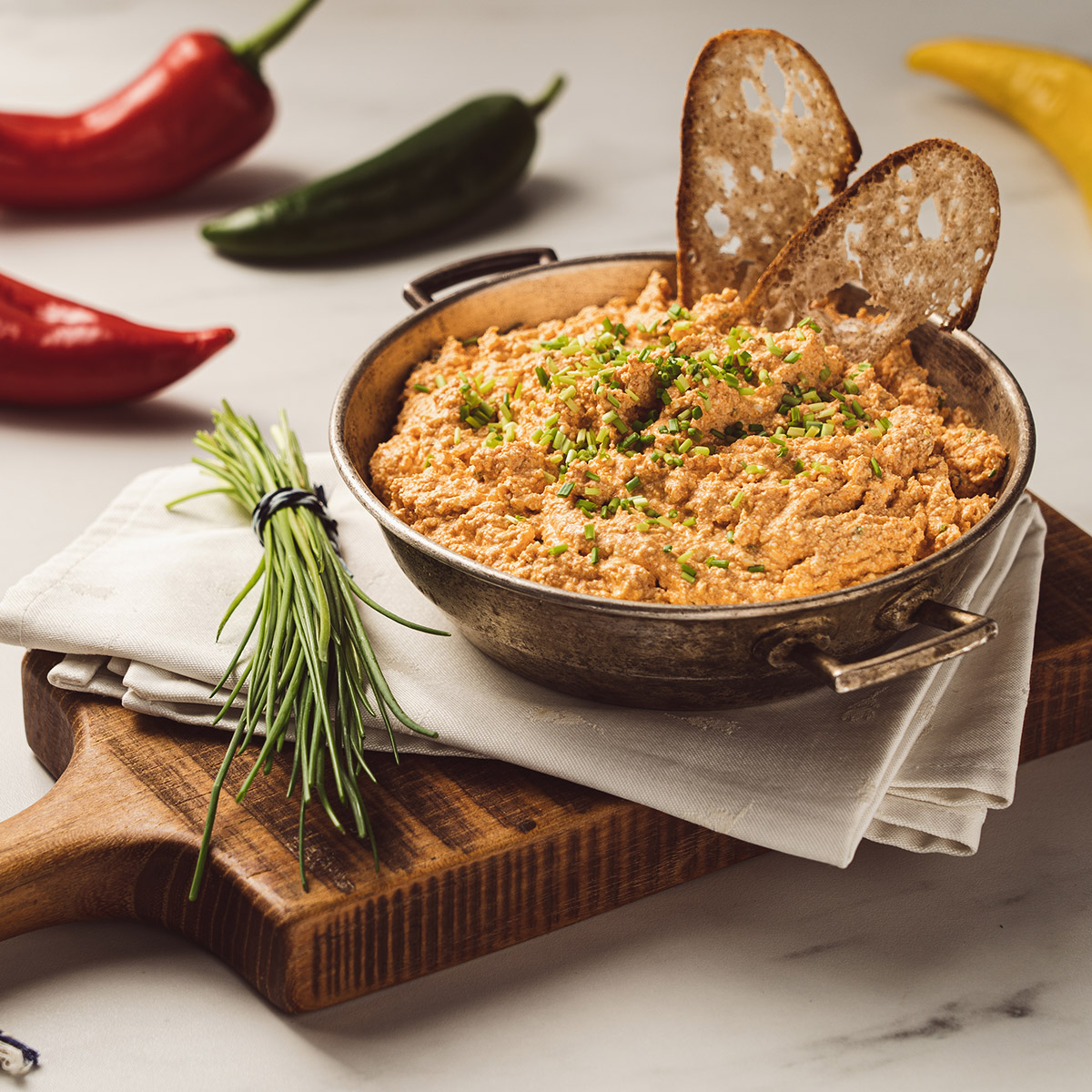
UNIQUE INGREDIENT
of the Hungarian cuisine

PRODUCT PROTECTED UNDER THE TRADITIONAL SPECIALITY GUARANTEED SCHEME.
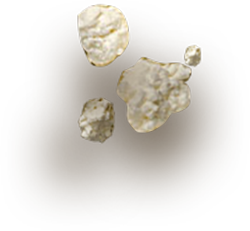
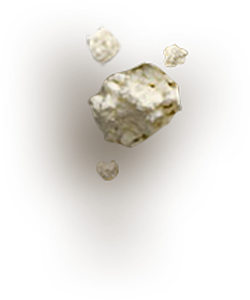

The ‘Rögös túró’ (lumpy curd cheese). Have you tried it?
The European Commission decided to protect a traditional, special Hungarian product, the ‘Rögös túró’, which thereby received the ’Traditional Specialties Guaranteed’ (TSG) label. Traditional speciality guaranteed (TSG) highlights the traditional aspects, such as the way the product is made or its composition, without being linked to a specific geographical area. The name of a product being registered as a TSG protects it against falsification and misuse.
The ’Rögös túró’ consists of lumps of curd reminiscent of cauliflower and it has an actual fresh cheese with a pleasantly sour, fresh, aromatic taste.
It’s unique to the Carpathian Basin, practically, it is not produced anywhere else in the world.


A traditional, special product
Based on the initiative of the Milk Interprofessional Organization and Product Board, the ‘Rögös túró’ was registered by the European Commission as a traditional, special product and received the ’Traditional Specialties Guaranteed (TSG) label.
This is an official EU recognition that is only granted to outstanding, high-quality, agricultural and food products whose ingredients or production is traditional. The manufacturing process of ‘Rögös túró’ differs from other fresh cheeses. According to the registered ‘Traditional Specialities Guaranteed (TSG) indication granted by the European Union, it can only be produced following the traditional methodes.
The term ‘Rögös’ (lumpy) in the name expresses the product’s specific character: it denotes the texture of the product, which consists of lumps of curd reminiscent of cauliflower. The term ‘túró’, which is difficult to translate into other languages, indicates an actual fresh cheese with a pleasantly sour, fresh, aromatic taste.
The aim of the Milk Interprofessional Organization and Product Board was to increase the number of renowned national values, to clearly distinguish the ‘Rögös túró’ from other fresh cheese, to generate international publicity and to prove that this product has no match.


The history of the Hungarian ‘Rögös túró’
The consumption of milk and then of rudimentary dairy products probably began very early in human history. There are written records of cheese making from ancient times.


Hungarian records on milk and dairy products date back to the 14th century. Records from the late 1500s already mention curd cheese as part of the tax that villagers had to pay to the Turks.
In the 18th-20th centuries curd cheeses were consumed fresh or preserved by grinding them in their natural state into grain- or hazelnut-sized pieces.


One historical reference to the lumpiness of curd cheese dates back to the period after the First World War. It states that ‘curd cheese is chopped into hazelnut-sized lumps (…) the crumblier the curd cheese, the longer it keeps fresh’.
The Tejgazdasági Szemle wrote in 1925 that curd cheese has a grainy or crumbly feel.
Mihály Balatoni speaks of ‘curd lumps, a fine, loose, coarse, cauliflower-like texture, clumps and lumps reminiscent of cauliflower’.


In 1979 Dr. Sándor Szakály and Gábor Tomka published figures on consumption between 1970 and 1977 of this curd cheese with a ‘cauliflower-like texture’ (Tejipar, Vol. 28, No 1, 1979). According to Dr. Sándor Szakály, in Hungary ‘the lumpy variety accounts for 80% of all curd cheese production’… ‘Rögös túró’ is fundamentally different from the other three types in that the curdling of the milk used to produce it can only occur by biological acidification.
According to Dr Sándor Szakály ‘Rögös túró’, known only in Central Europe, is an ancient Hungarian dairy product originating to the west of the Ural Mountains and produced domestically through the centuries from raw milk (Tejgazdaságtan, 2001). The traditional nature of ‘Rögös túró’ is demonstrated by the separate chapter devoted to it in the ‘Hagyományok-Ízek-Régiók’ [Traditions-Tastes-Regions] collection published by the Ministry of Agriculture and Agriculture Marketing Centre in 2002.


The next major event in the history of ‘Rögös túró’ took place in 2019, when the European Commission registered it, and granted the product the ’Traditional Specialties Guaranteed’ (TSG) label.


Production
The secret of Hungarian lumpy curd cheese lies in the unique and traditional production method. This special dairy product is created with milk coagulation using lactic acid bacteria, and differs from cottage cheese products manufactured in other parts of the world.


One kilogram of ‘Rögös túró’ is made approximately of 6 litres of high-quality fresh cow’s milk with specific characteristics, which may undergoes pre-maturation a heat treatment process followed by adjustmenting the fat content, renneting and curdling. This can be done with either a slow or a fast method, but there is no difference in the quality of the end product.


Afterwards, during the curd production process, the water content is regulated to reach the required level. The operation consists of three main steps: first-pressing (cutting the curd, stirring and, if necessary, resting), heating (shrinking the curds, draining the whey) and second-pressing (achieving the desired firmness).


The next step in the curd processing is cooling and draining, primarily to prevent clumping and to control compaction. The draining removes the whey from the curd. During the whey separation process, the curd is only moved gently and carefully, in order to preserve the lumpy, cauliflower-like texture.
The same precautions are taken during the final stage of curdling, when the curd is packaged.
In Hungary, an average of 7,000 tons of ’Rögös túró’ is produced annually, in line with the quality and safety standards of the EU protection.
Recipes
The ‘Rögös túró’ is one of the main ingredients of Hungarian gastronomy. It is an essential component of numerous traditional meals, while it perfectly fits in modern dietary trends.
Due to its versatility, it can be consumed at any time of day, and can even be incorporated into a diet.
The classic curd cheese strudel, the curd cheese cake and the curd cheese dumplings may sound familiar to many of you, but it is worth knowing that curd cheese is also an excellent ingredient of smoothies, sandwiches, soups, main courses and pastries.
The following recipes prove the versatility of our superfood. However, beyond all this, we encourage everyone to experiment with this traditional, special product! You can make a great variety of sweet and savoury dishes that are tasty and luscious.





